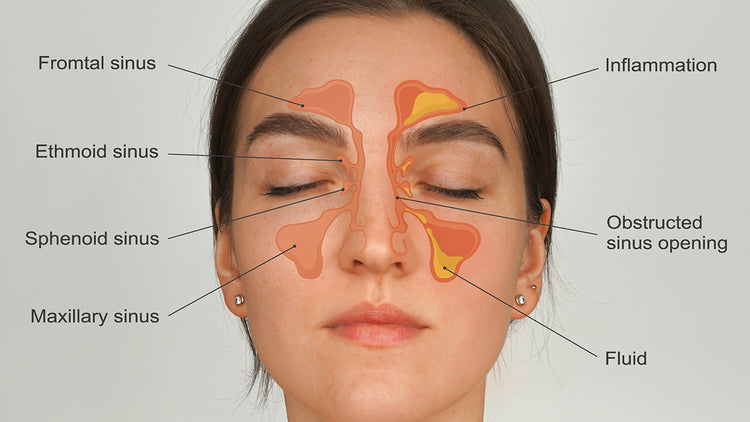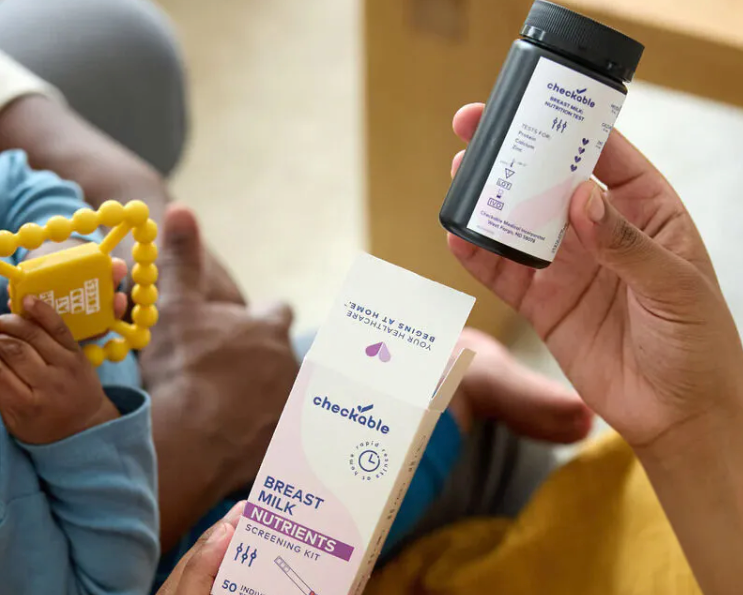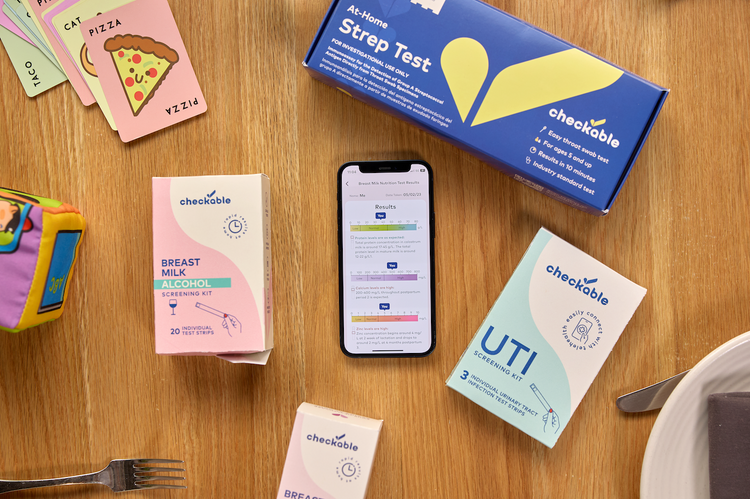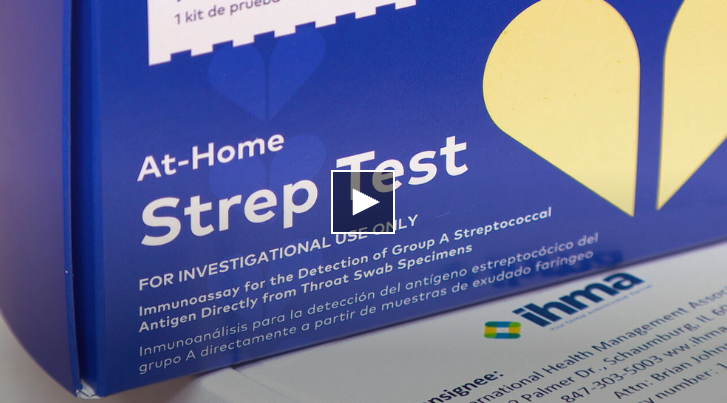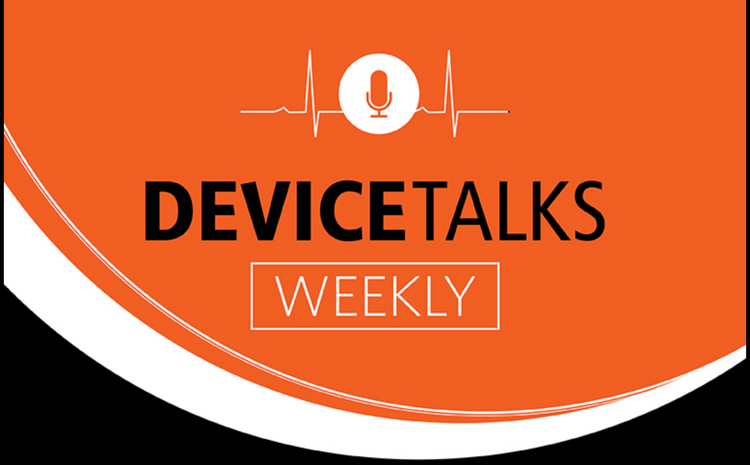
The flu, formally known as influenza, is a viral infection that affects the lungs and breathing passages. Different strains, or types, of the flu virus occur every year. The risk of other flu-related health problems is highest for younger children (under age 2), older adults (65 and over), pregnant women, and people with long-term health conditions, such as asthma, diabetes, or heart disease. Because the flu can have similar symptoms to the common cold, COVID-19, and other respiratory illnesses, you may ask yourself, "Is this the flu?"
Common Symptoms of the Flu
Flu symptoms typically arise two days after exposure, varying between one to four days. This means you can spread the flu before knowing you are sick. Flu symptoms can last from one week to several weeks. You can develop some or all of the following symptoms:
- Chills
- Fever
- Fatigue or tiredness
- Headaches
- Muscle aches or body aches
- Runny or stuffy nose
- Sore throat
- Vomiting and diarrhea are more common symptoms in children than in adults
It is important to note that a fever does not always occur with the flu virus.
The flu can cause complications, such as sinus infections or ear infections. More severe complications include pneumonia, exacerbation of chronic health problems (such as asthma or heart failure), and inflammation of the body that could lead to sepsis and multi-organ failure.
Best Way to Tell If I Have the Flu
Since symptoms of the flu overlap with other viruses, it is difficult to tell if one has the flu based on the symptoms listed above. The flu is more prevalent during winter, but you can still get sick all year round. Your primary healthcare provider can order tests to determine whether you are sick with the flu.
Some tests are available to detect the flu. Both require a flu test swab to be swiped inside your nose or at the back of your throat.
- Rapid influenza diagnostic tests (RIDT) detect part of the virus that would stimulate an immune response. The RIDT results are available within 15 minutes.
- Rapid molecular assays detect the genetic material of the actual virus, and results are available within 15-20 minutes.
Rapid tests can vary in their ability to detect flu viruses. There are instances of false negative results when someone tests negative but may be infected. Rapid tests may be better at detecting flu in children than in adults.
Hospital and public health laboratories may perform more sophisticated tests, such as reverse transcription polymerase chain reaction (RT-PCR), viral cultures, and immunofluorescence assays.
Flu Treatments
The flu can often run its course and go away without treatment. For people at a higher risk of severe flu complications or who have the flu and have persistent or worsening symptoms, prescription medications called antiviral drugs can help. Typical antibiotics for bacterial infections will not help if you have the flu. Flu antiviral medications are available to help your body fight against the flu virus. Antiviral drugs started within two days of the symptoms can lessen the fever and other symptoms, shortening your sick duration. Antiviral medication can also reduce other complications, such as ear infections.
Below are four FDA-approved antiviral drugs available to treat the flu:
- Oseltamivir phosphate (trade name: Tamiflu®)
- Available as a pill or liquid suspension
- Duration of treatment: 5 days
- Ages 14 days and up
- Safe for pregnant women
- Zanamivir (trade name: Relenza®)
- Administered with an inhaler device
- Duration of treatment: 5 days
- Not recommended for people with chronic respiratory conditions
- Ages 7 years and up
- Peramivir (trade name: Rapivab®)
- Administered intravenously
- Duration of treatment: one dose
- Ages 6 months and up
- Baloxavir marboxil (trade name: Xofluza®)
- Available as a pill
- Duration of treatment: one dose
- Ages 12 years and up (Given from 5 years old for children without preexisting health conditions)
Side effects vary with all medications. Common side effects include nausea and vomiting, bronchospasms, or diarrhea.
If you get sick with the flu, check in with your healthcare provider, especially if you are at high risk of severe flu complications.
Flu Prevention
There are simple hygienic practices you can do to stop the spread of the flu virus. To reduce the risk of getting sick, stay away from people who are sick, cover your mouth when you cough, and wash your hands often. It is important to maintain good health habits, including disinfecting frequently touched surfaces, getting plenty of sleep, exercising, managing stress, drinking fluids, and eating healthy foods that boost your immune system.
Seasonal flu vaccines can protect against the virus. The flu vaccine is encouraged for anyone with a chronic medical condition or living in nursing homes or long-term care facilities. Flu vaccines are available as a shot or nasal spray. Your healthcare provider can help determine which is your best and safest option. Since flu virus strains change quickly, new vaccines are released each year. Even if someone who got the vaccine gets the flu, the symptoms will be milder. Getting the most up-to-date vaccines will provide you with the most protection.
The flu comes on quickly and can make you feel very sick. It can be challenging to differentiate between cold symptoms, allergies, a bacterial infection (such as bronchitis), or COVID-19. There are flu swab tests that can confirm the flu. Treatments work best when started as soon as symptoms arise.
References
Centers for Diseases Control and Prevention. (2021, August 26). Healthy Habits to Help Protect Against Flu. https://www.cdc.gov/flu/prevent/actions-prevent-flu.htm
Centers for Diseases Control and Prevention. (2021, November 18). Flu Symptoms & Diagnosis. https://www.cdc.gov/flu/prevent/actions-prevent-flu.htm
Centers for Diseases Control and Prevention. (2022, September 20). About Flu. https://www.cdc.gov/flu/about/index.html
Centers for Diseases Control and Prevention. (2022, October 3). Diagnosing Flu. https://www.cdc.gov/flu/symptoms/testing.htm
Centers for Diseases Control and Prevention. (2022, October 24). Key Facts About Influenza (Flu). https://www.cdc.gov/flu/about/keyfacts.htm
Centers for Diseases Control and Prevention. (2022, December 15). What You Should Know About Flu Antiviral Drugs. https://www.cdc.gov/flu/treatment/whatyoushould.htm
U.S. Department of Health and Human Services. (2022, May 6). Influenza. https://www.hhs.gov/immunization/diseases/flu/index.html

Nurse writer bio:
Judy Campbell is a registered nurse with over a decade of experience in various care settings. Her passion lies in care coordination, where she can make the most significant impact at the intersection of patients, providers, and healthcare settings. As a reputable freelance writer, she also enjoys producing high-quality content for healthcare professionals. When she's not working, Judy loves spending time with her family camping or relaxing by the beach.
Life is too short to sit in a doctor’s office
Sign up for our weekly newsletter and get valuable healthcare tips and tricks in your inbox!
Sign up now and unsubscribe anytime.
- Choosing a selection results in a full page refresh.
- Press the space key then arrow keys to make a selection.


















